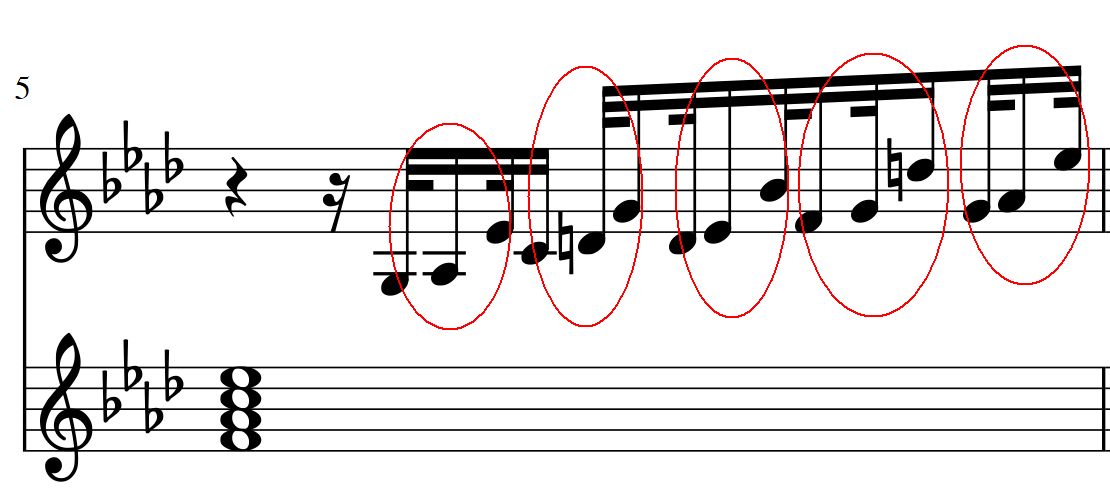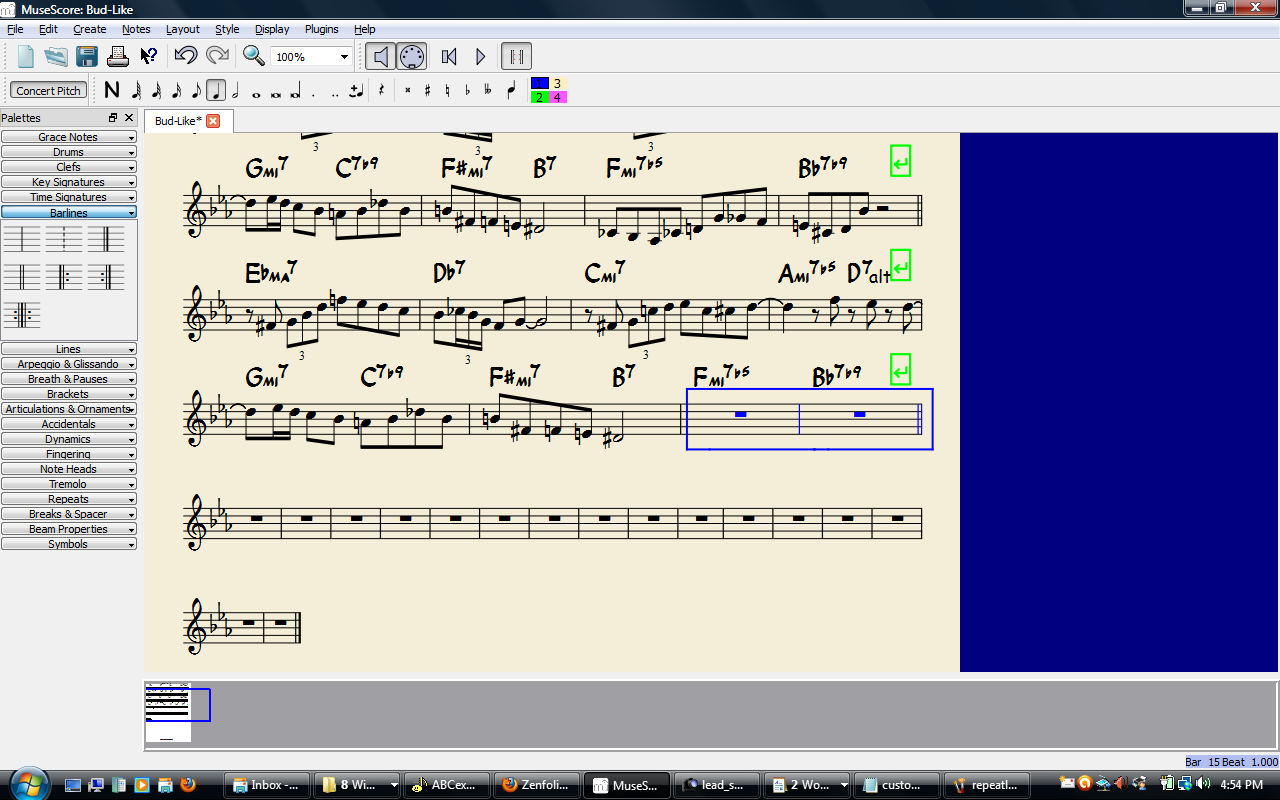

When entering chords, though, the new notes are added above the current note (bottom-up). When you type a note on the keyboard, MuseScore places it closest to the previous note entered (above or below). If you want to create a dotted note, press. To create chords with notes of different durations, see Voices. If you want to add a chord note to your previous entry, hold Shift and enter a note name: C D Shift+ F Shift+ A E F Notice that the duration you select for the notes (quarter/crotchet notes in this example) also determines the duration of the rest (quarter/crotchet rest).ĭuring note input, the cursor automatically advances in the score. The following examples use the latter method.Įnter pitches by typing the corresponding letter on your keyboard: C D E F G A B CĠ (Zero) creates a rest: for example, typing C D 0 E gives the result shown below. However, you may find it quicker to use a MIDI keyboard (see below), or your alphabetical computer keyboard. (For instructions specific to percussion see Drum notation). : A period (dot) changes the selected duration into a dotted note/restįor all instruments (except unpitched percussion), you can add note pitches using the mouse by clicking directly on the staff. The shortcuts for selecting the duration are as follows: Note that if you have an irregular rhythm division (such as three eighth notes in the time of two), see Tuplet Step 3: Duration of the note (or rest)Īfter entering note input mode, select the duration you need from the Note input toolbar, or use the corresponding shortcut. To leave note input mode, you can also hit Esc. To enter or leave note input mode, you can click on the button, or you can use the shortcut N. The "N" button at the left on the Note Input toolbar indicates whether you are in note input mode. U kunt trouwens op elk punt een nieuwe maat invoegen (see Measure operations: Insert), of gebruik maken van de functie copy and paste om een reeksnoten te verplaatsen.

Noteninvoer in MuseScore vervangt de bestaande noten/rusten in een maat door uw invoer (overschrijven i.p.v. Selecteer eerst een noot, of rust op de partituur als uitgangspositie voor de noteninvoer.Īls u geen uitgangspositie hebt geselecteerd zal de curor zich aan het begin van de partituur bevinden als u schakelt naar de ( see below). Voor akkoorden, blijf hier verder lezen Step 1: Starting position Om noten toe te voegen die beginnen/eindigen op verschillende tijdstippen (polyfonie): zie Stemmen. Voer de toonhoogte (of rust) in met behulp van sneltoetsen, muis of een MIDI-keyboard.Selecteer de duur van de noot (of rust) die u wilt invoeren.Selecteer uw uitgangspositie voor de noteninvoer.

Noten en rusten toevoegen aan de notenbalk vereist vier eenvoudige stappen:


 0 kommentar(er)
0 kommentar(er)
